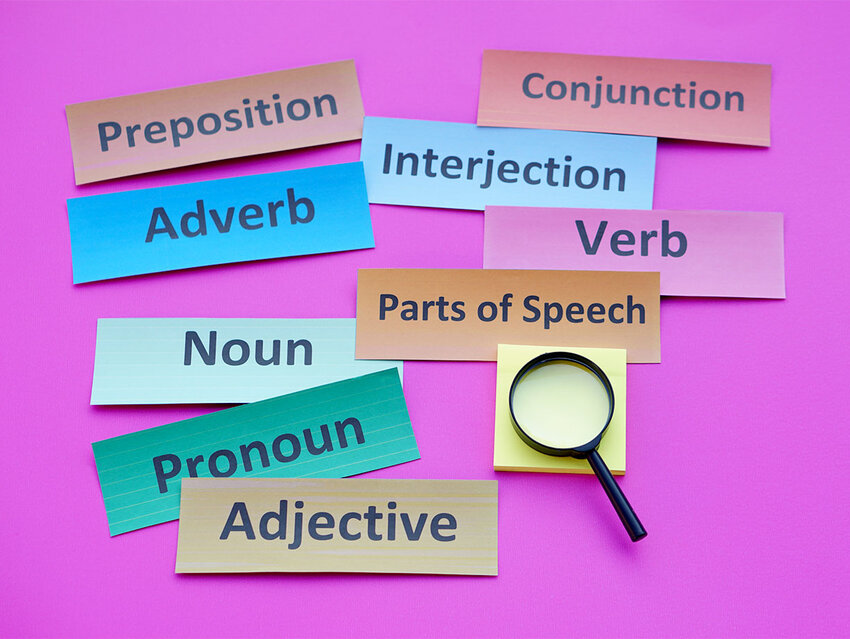At a fundamental level, adjectives and adverbs describe other words. But what makes these parts of speech different are the types of words they describe. An adjective is a word that describes nouns (people, places, or things). To describe the noun “cat,” we could use the adjectives “large,” “small,” “black,” “furry,” “friendly,” etc. An adverb usually describes a verb, but it can also describe another adverb or an adjective. Instead of describing a being or an object, it describes an action or a way of doing something.
These two parts of speech are basic elements of language, yet they are commonly confused and often misused. Let’s examine how to identify and use adjectives and adverbs appropriately.
Using Adjectives and Adverbs
Adjectives can only describe nouns, which include pronouns. However, multiple adjectives can be listed together to describe the noun. For example, a house can be characterized as “a big, red house.” (When listed, these descriptors follow the rules of adjective order.)
Adverbs most commonly describe verbs to provide context to show how an action is done (e.g., “quickly,” “carefully”), or how frequently the action is taken (e.g., “sometimes,” “seldomly”). There are a special handful of adverbs — such as “really” and “very” — that generally describe other adverbs and adjectives with a level of intensity or frequency. For example: “The very big house sat atop the really steep hill. ”
While you’re free to sprinkle adjectives and adverbs into your writing and speech as you see fit, some pros advise against using too many. Stephen King famously warned against adverbs in his memoir/guide On Writing:
“I believe the road to hell is paved with adverbs, and I will shout it from the rooftops. To put it another way, they’re like dandelions. If you have one on your lawn, it looks pretty and unique. If you fail to root it out, however, you find five the next day… fifty the day after that… and then, my brothers and sisters, your lawn is totally, completely, and profligately covered with dandelions. By then you see them for the weeds they really are, but by then it’s — GASP!! — too late.”
The moral of the story here is that overdoing it with descriptors — King specifies adverbs, but it works with adjectives, too — can weaken prose and take away from the overall strength of the message. But that’s just one man’s opinion (albeit the opinion of a bestselling author who has written more than 70 books).
How to Identify Adjectives and Adverbs
Given that adverbs frequently end in “-ly,” that can be a shortcut for identifying an adverb versus an adjective. But tread carefully — while this usually works (as in the adjective “happy” vs. the adverb “happily”), there are several adjectives that end in “-ly,” including “curly,” “elderly,” “friendly,” and “lovely.” Then there are the words that remain the same, whether they’re used as an adjective or an adverb. “Hard,” “fast,” “rough,” “straight,” “wrong,” “far,” and more fall into that category. The easiest and most surefire way to identify an adjective versus an adverb is to identify the word it is describing. If it’s a noun, the descriptor is an adjective. If it’s a verb, adjective, or adverb, then the descriptor is an adverb.
Featured image credit: Atitaya Pimpa/ iStock

